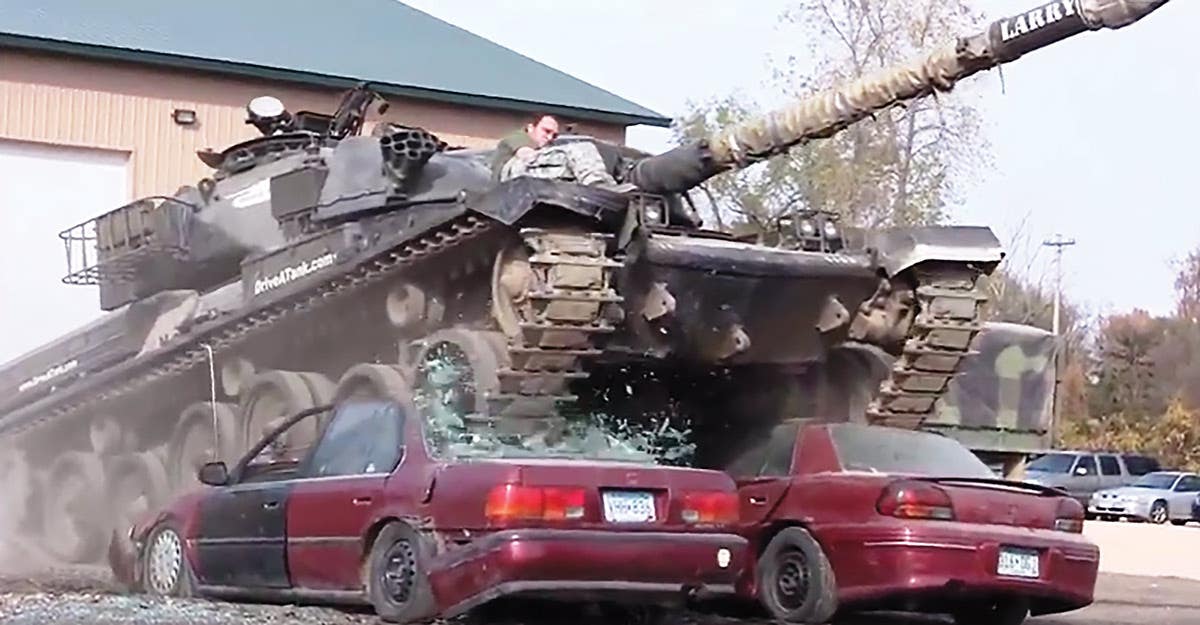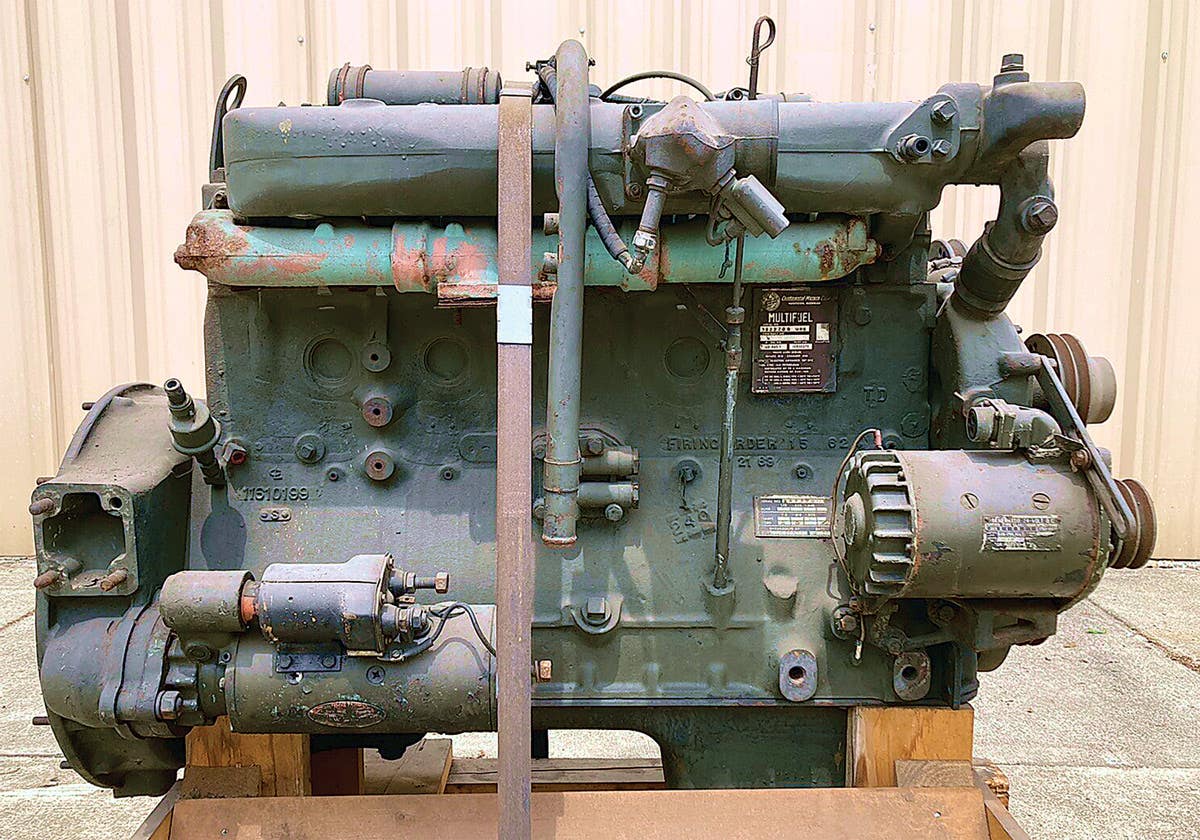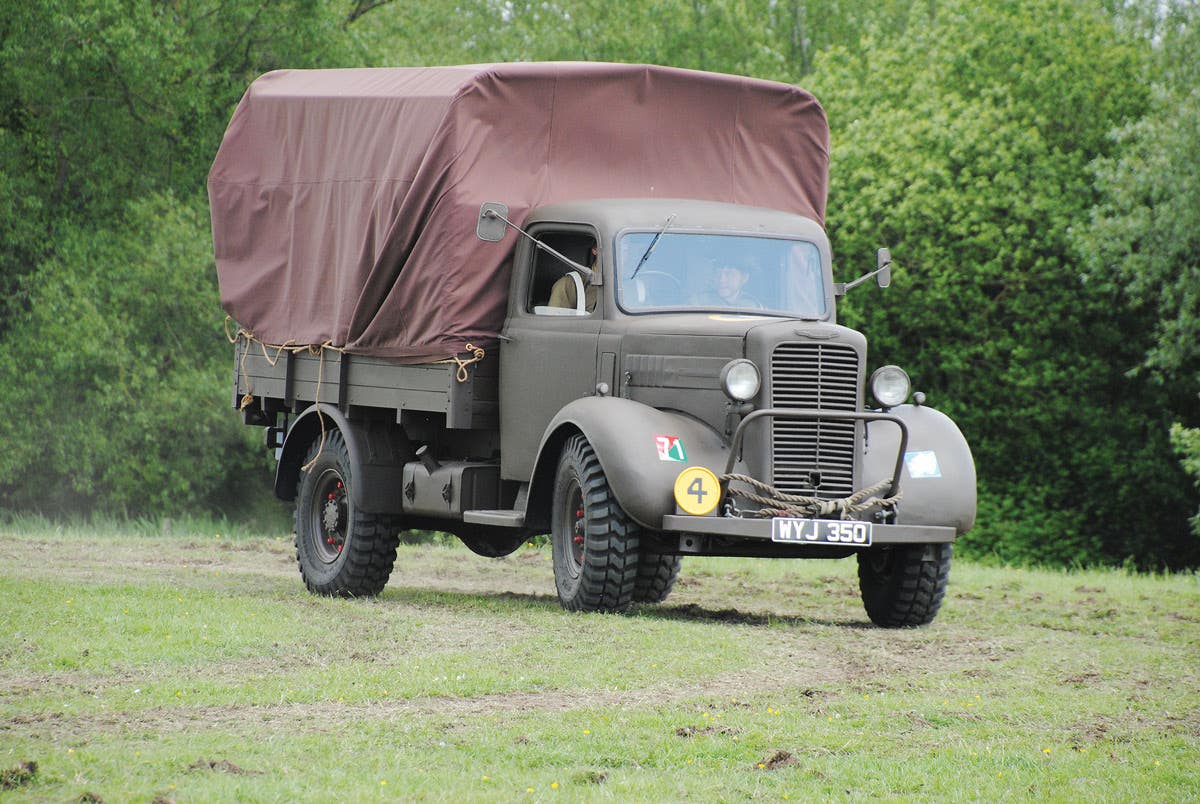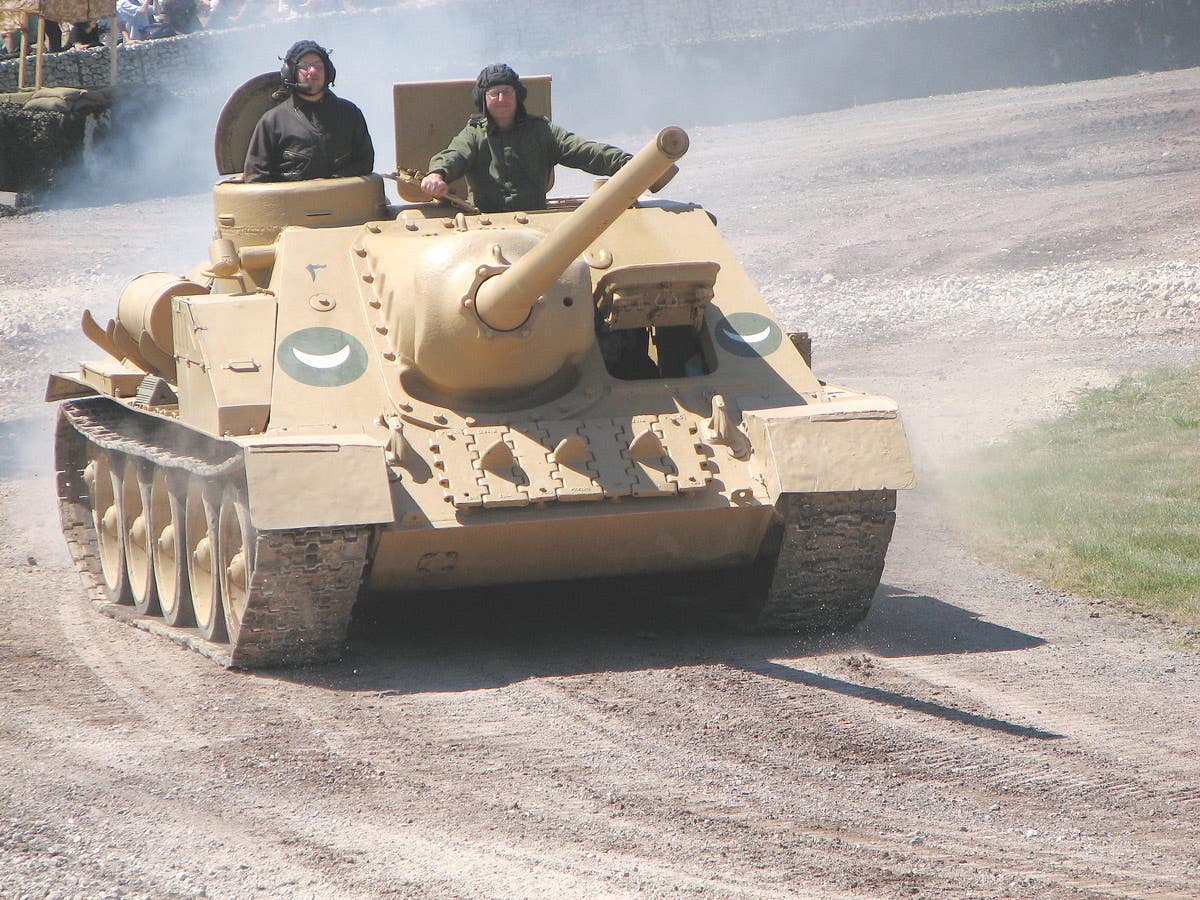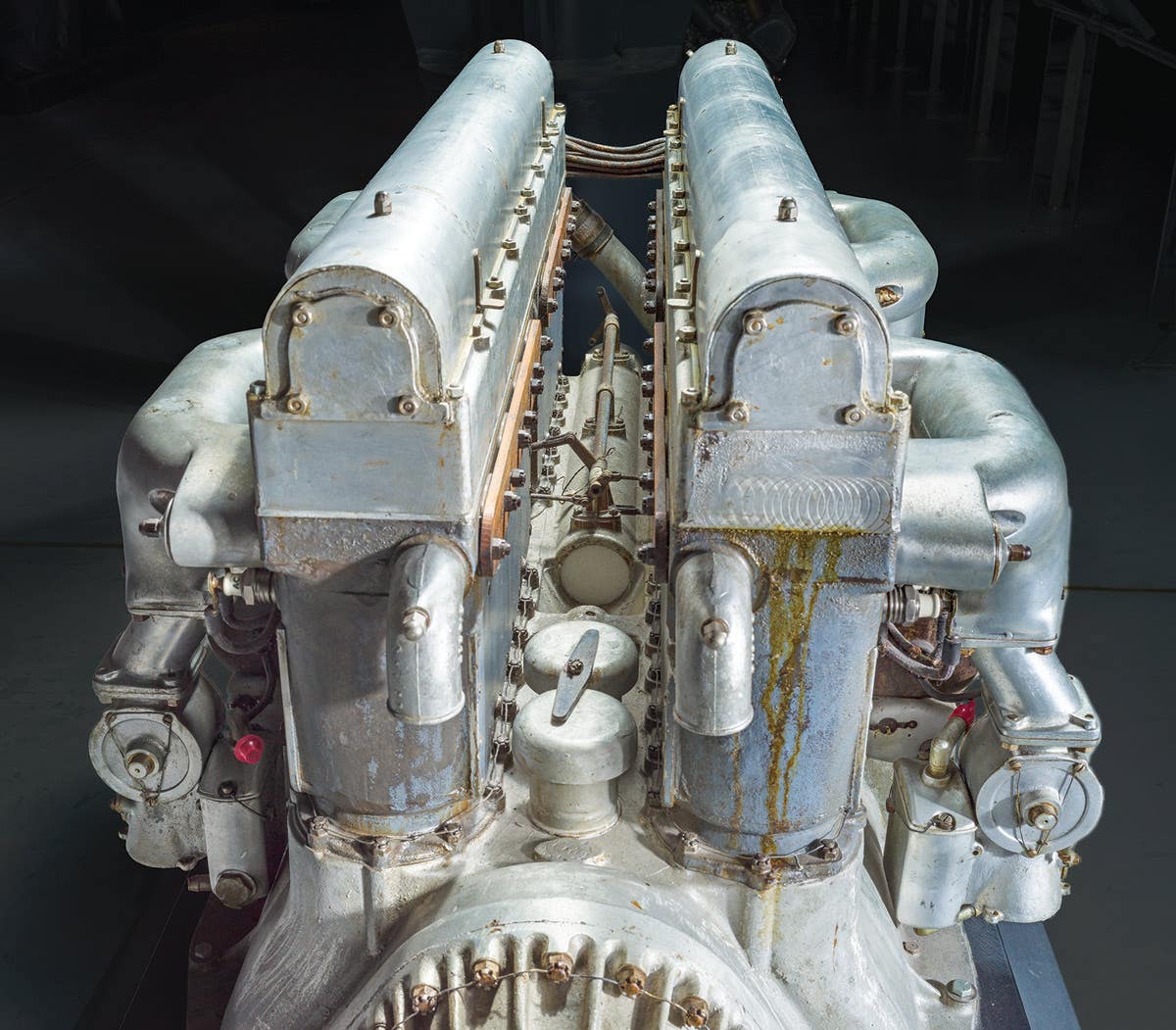Books in Review December 2018
Cleveland Tank Plant: Aircraft and military vehicle production at the Cleveland Plant 2 (1942-1970), by David Doyle (978-1-7750133-0-3, G-104 Press, available from David Doyle Books, PO Box 172287, Memphis, TN…
Cleveland Tank Plant: Aircraft and military vehicle production at the Cleveland Plant 2 (1942-1970), by David Doyle (978-1-7750133-0-3, G-104 Press, available from David Doyle Books, PO Box 172287, Memphis, TN 38187, orders@DavidDoyleBooks.com; www.DavidDoyleBooks.com. Soft bound, 8.5” x 11”, 112 pages, more than 200 black-and-white and color images, 2017, $24.95).
Produced to coincide with the 2017 MVPA National Convention, Cleveland Tank Plant is a visual walk through time chronicling the Plant from its erection in 1942 as an aircraft factory intended to build B-29 bombers until its last days in 1970s when Sheridan light tanks and M109 self-propelled guns rolled out of its doors.
Though built to construct B-29s, the facility — originally known as Fisher Aircraft Plant 2 — instead produced the ill-fated XP-75A Eagle fighter, as well as countless components for the B-29, supplying subassemblies to Boeing, Bell and Martin. At the end of WWII, the plant was closed, but war in Korea recalled it into service. Reopened as the Cleveland Tank Plant, the massive 1.7 million square foot plant was retooled to produce the M41 Walker Bulldog and the M42 Duster.
Through the succeeding years, the plant also churned out the M56 Scorpion, M114 Reconnaissance Vehicle, M108 and M109 self-propelled howitzer, the M551 Sheridan, and even the revolutionary MBT-70 tank. Through its life, the Cleveland Tank Plant was operated by Cadillac, Chrysler and Allison.
The Cleveland Tank Plant explores the rich history of the building and the war machines produced within it. The more than 200 vintage photos afford a look into one of the most effective structures that helped to arm the great “Arsenal of Democracy” during the 20th century.
The SS-Division Wiking in the Caucasus 1942-1943, by Massimiliano Afiero (ISBN 978-8365281371, MMPBooks, vailable in the US from Casemate Publishers, 1950 Lawrence Road, Havertown, PA 19083, 610.853.9131, www.casematepublishing.com. Softbound, 8.2” x 11.6”, 144 pages, fully illustrated in black and white,2017, $39.00)
The Wiking Division was involved in a terrible winter retreat, characterized by bitter fighting against the enemy and against glacial cold, suffering additional heavy losses, managing to pull the survivors of that terrible adventure across the Mius river. The chronology of events is told through direct testimony of the participants, period war reports and original documents, all accompanied as always by an exceptional host of images, maps and documents taken from military archives throughout the world and from highly respected private archives, all designed to make treatment of the subject more compelling.
Light Trucks of the Italian Army in WWII, by Enrico Finazzer. ISBN: 978-8365281227, MMPBooks, available in the US from Casemate Publishers, 1950 Lawrence Road, Havertown, PA 19083, 610.853.9131, www.casematepublishing.com. Softbound, 8.2” x 11.6”, 64 pages, fully illustrated in color and black and white, 2017, $35.00)
This book provides a detailed account of specialized light gun trucks produced by Italian industry in response to a specific request of the Regio Esercito between mid-1942 and mid-1943, known as the AS42 and the AS43, “AS” standing for “Autocarro Speciale” or “Automezzo Speciale” (Special truck), or, more currently, camionette. These vehicles were meant to be used in desert warfare, issued to the unit called the Raggruppamento Sahariano, (Saharan Group), to be used in action against the British Long Range Desert Group, or for special operations behind enemy lines, in force to the Italian special forces designated the X Reggimento Arditi. In point of fact, they came too late and in too small a number to make a real impact in that theater, and after the fall of Africa into Allied hands they were diverted to several different units, as anti-paratroopers companies or anti-bridgehead mobile battalions either in Sicily or in the Italian mainland. After the Italian Armistice, they served both with German troops and with the armed forces of the Repubblica Sociale Italiana.
Armoured Warfare and the Waffen-SS 1944-45: Rare Photographs from Wartime Archives, by Anthony Tucker-Jones. (ISBN 9781473877948, Pen & Sword Books Ltd, available in the US from Casemate Publishers, 1950 Lawrence Road, Havertown, PA 19083, 610.853.9131, www.casematepublishing.com. Softbound, 9.7” x 7.4”, 116 pages, 150 b&w photographs, 2017, $22.95)
More than 150 wartime photographs give a graphic snapshot of the dramatic tank battles fought by the Waffen-SS Panzer and Panzergrenadier divisions during 1944-5 on both the Eastern and Western fronts. By this stage of the Second World War these formations were at the height of their powers and took part in major armored operations in Russia, France, the Netherlands, and Poland. As the Wehrmacht retreated the Waffen-SS played an increasingly important role. Most notably, their panzers prolonged the war by staving off defeat at Arnhem and Wolomin, stabilizing both the Western and Eastern fronts at critical points in the fighting.
The photographs and the accompanying narrative record the contrasting conditions they faced on each battlefront and the weapons and equipment they used, especially the armored vehicles, including the Tiger and Panther tanks, which were among the best designs the Germans produced. But they also record the crimes committed by members of the Waffen-SS against civilians and captured enemy soldiers during the series of brutal, often desperate operations mounted to stave off German defeat. Anthony Tucker-Jones’s photographic history is a fascinating introduction to these elite units during the final phase of the fighting in Europe.
From the staff of North America's no. 1 historic military vehicle source -- Military Vehicles Magazine



